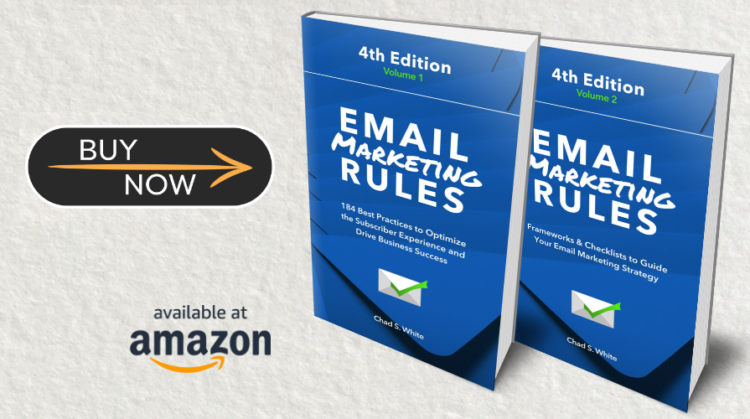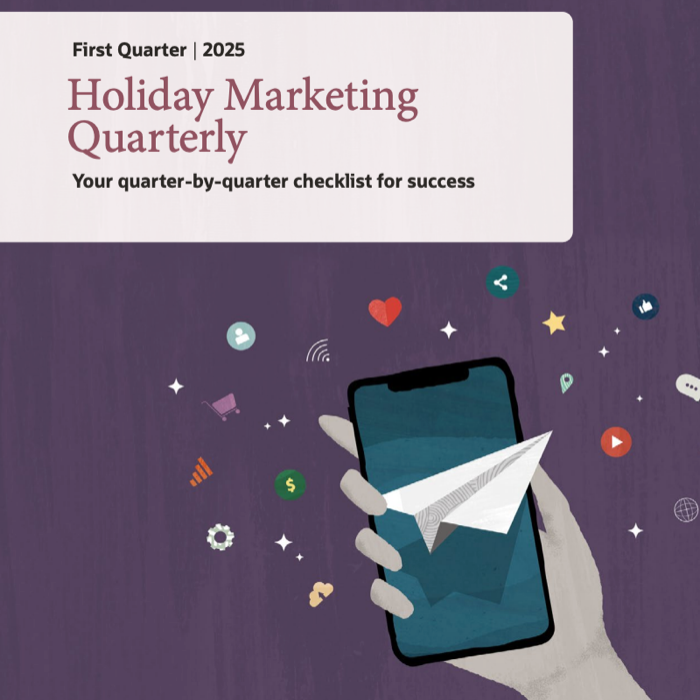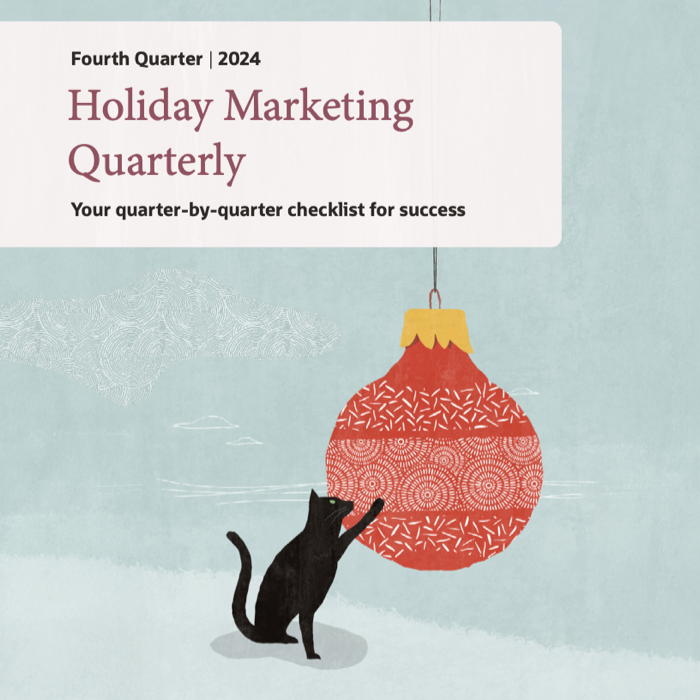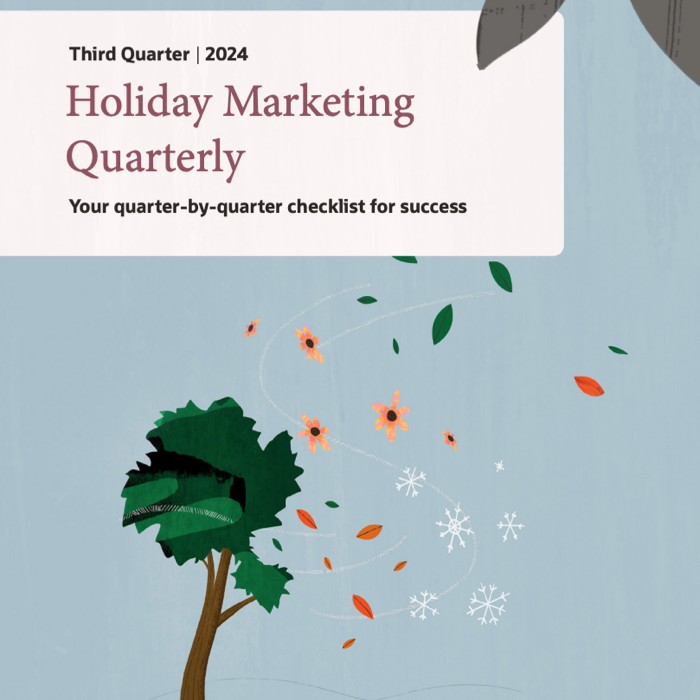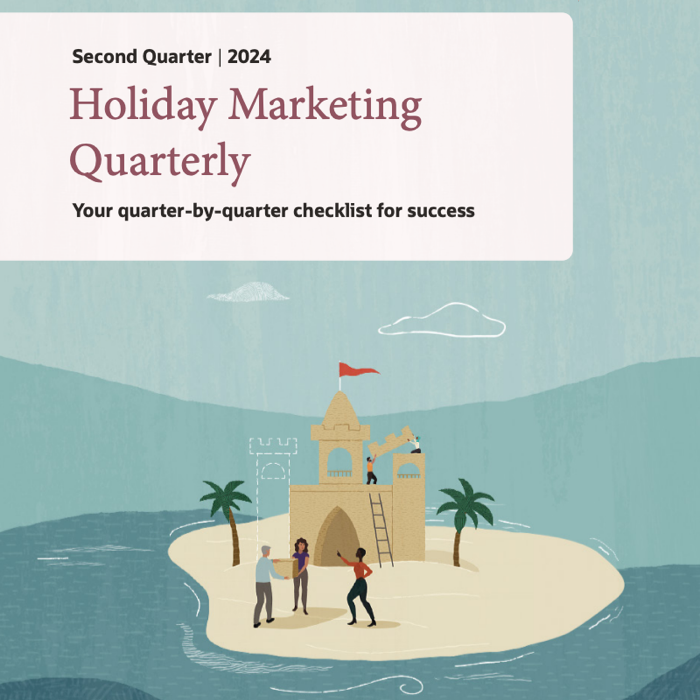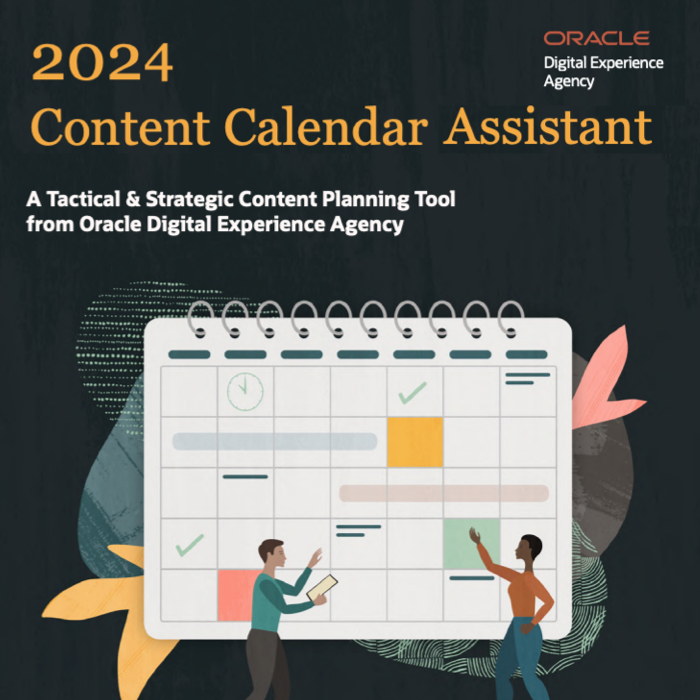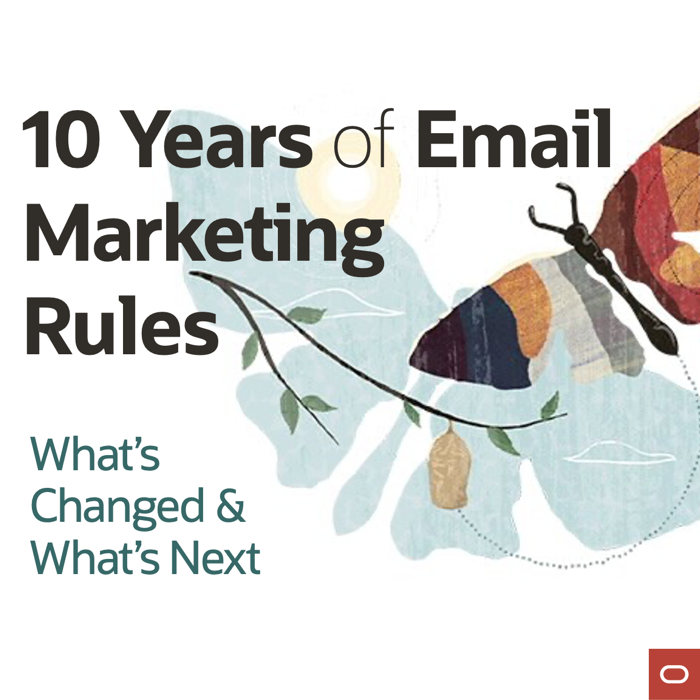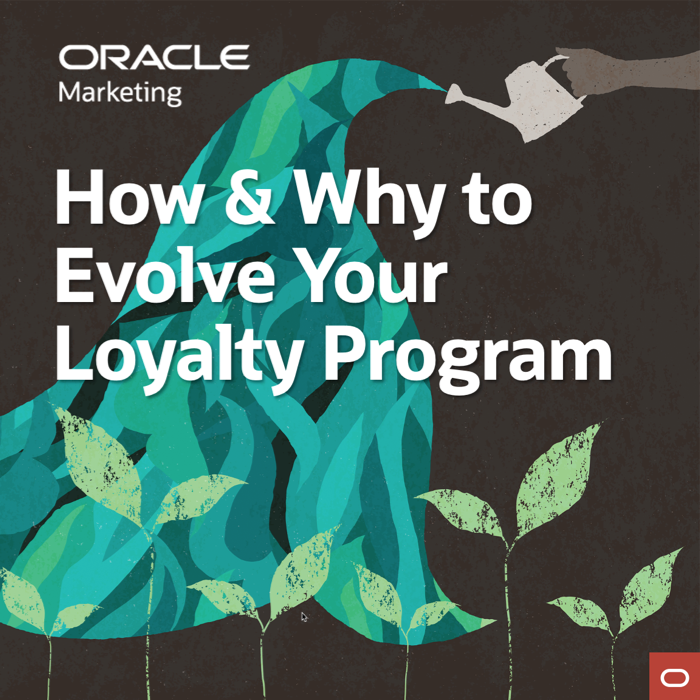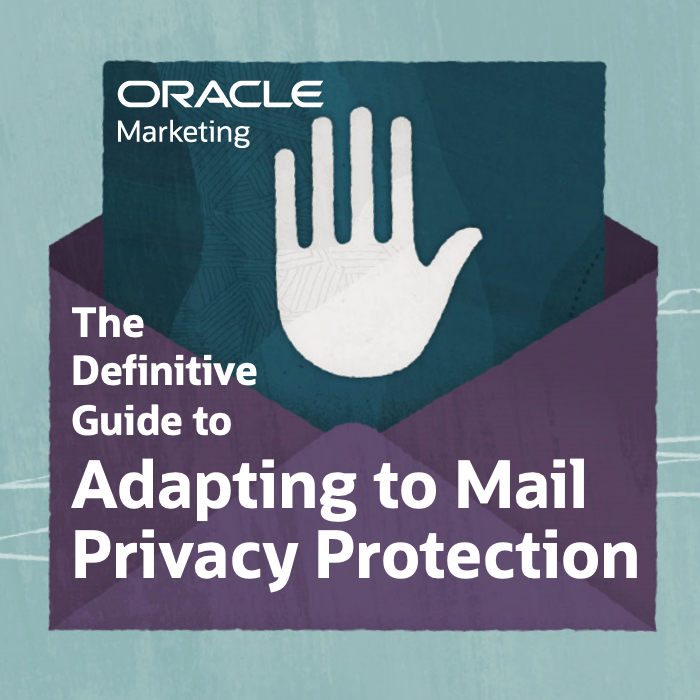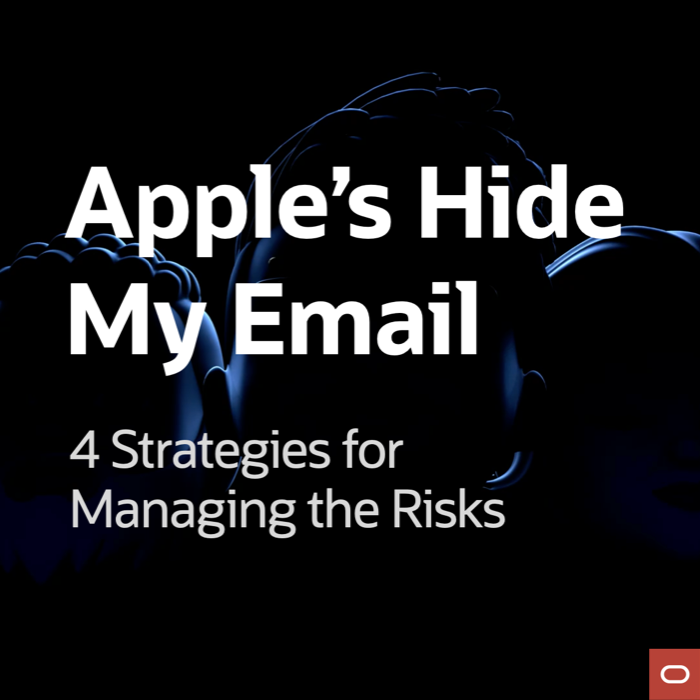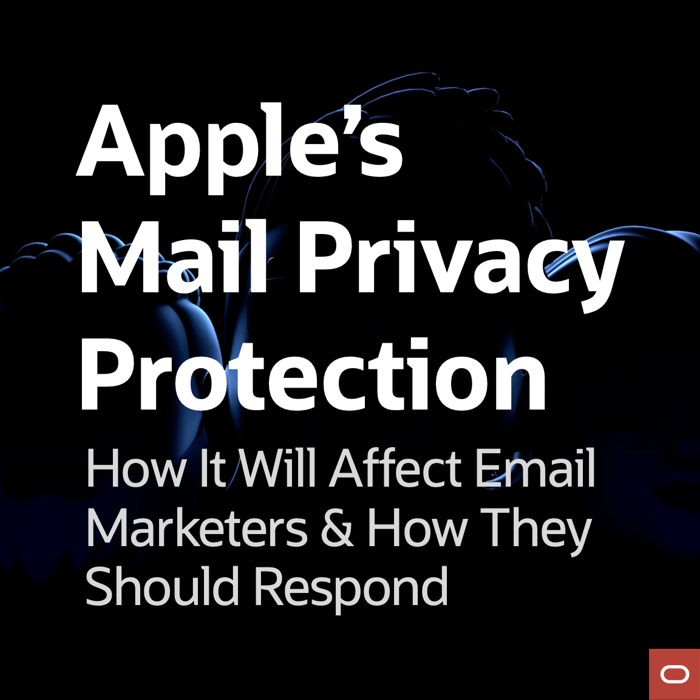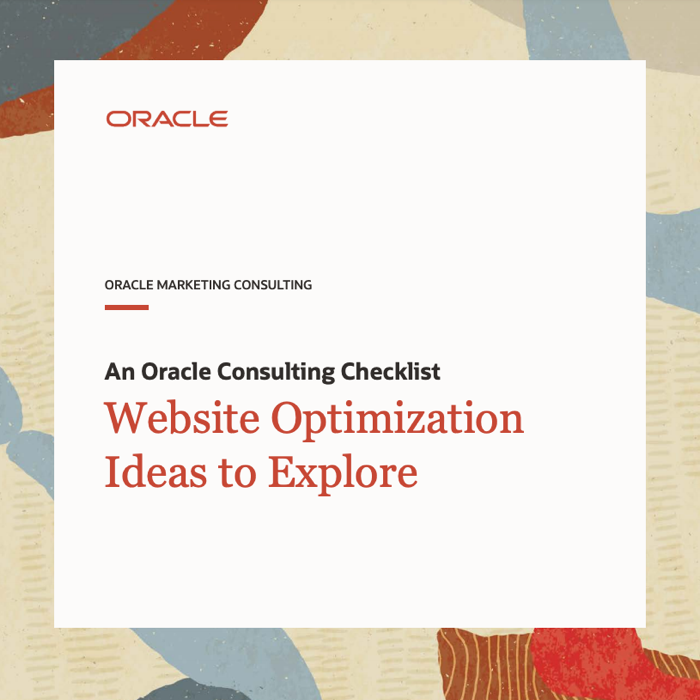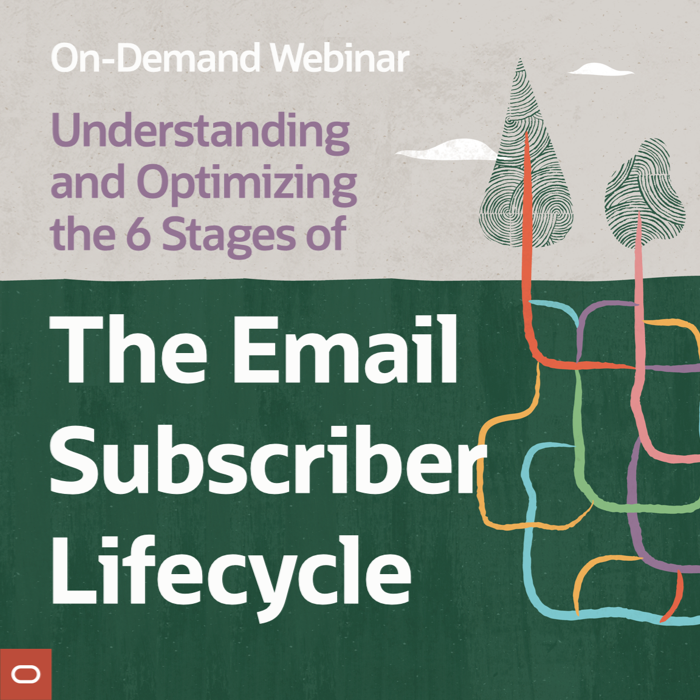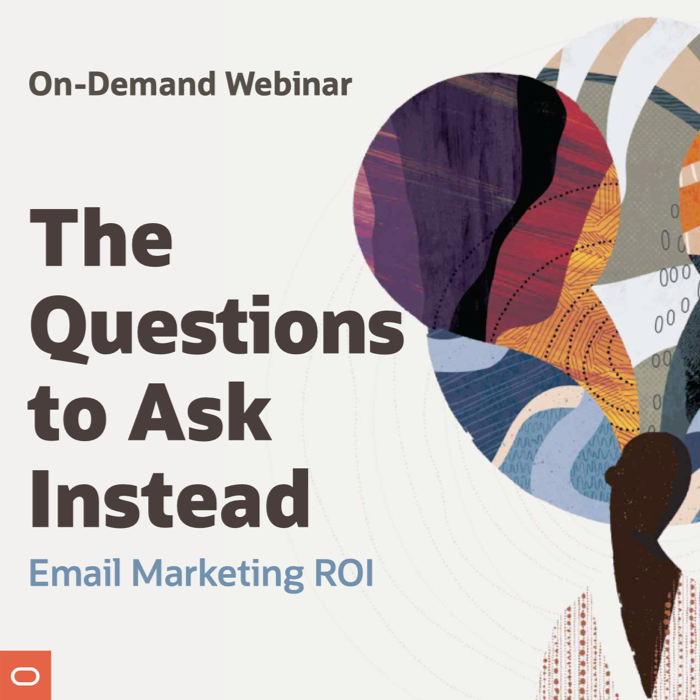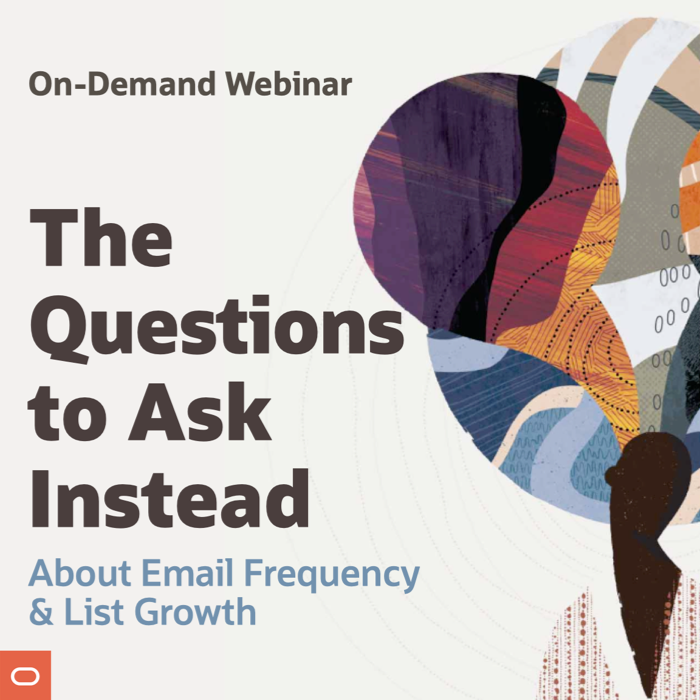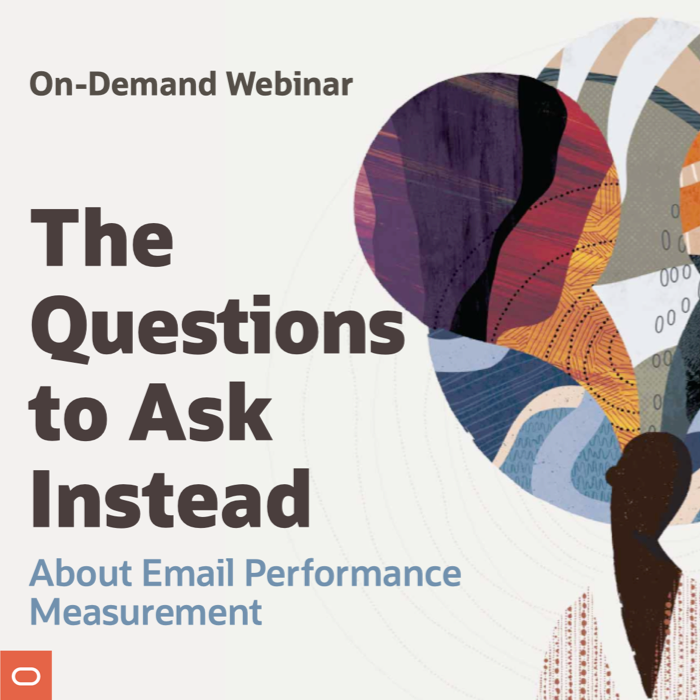Email Briefs: Why You Should Use Them and What to Include in Them

Every marketing email your brand sends should have a clear purpose and a sound strategy behind it. A powerful solution to ensure that this happens is to create an email brief for every email you create. An email brief should outline the email’s goals, audience, messaging, timing, key performance indicators, and other important details.
Creating email briefs during the conception stage of email creation ensures that all stakeholders agree on the purpose and plan for the email. Email briefs then act as a North Star for the email as it goes through the production process. Copywriters, designers, and developers can refer back to the email brief to ensure what they’re doing is appropriate and that there’s no scope creep. And then at the end of the process, the final email is checked against the brief to see if what was delivered was what was asked for.
Email briefs are essential for agencies, who need clear guidance on the scope of the emails they’re creating for their clients. However, email briefs are valuable for all email marketing programs, especially if your email program is high volume, has a large team, or works with many stakeholders.
The majority of brands use email briefs, according to Litmus’ 2018 State of Email Workflows report, which is based on our State of Email Survey of 3,000 marketing professionals worldwide. And the roughly 20% of brands who use email briefs consistently see huge benefits. Marketers who describe their email marketing programs as successful are 81% more likely than those at less successful programs to create an email brief for every email they produce (24% vs. 13%).
Here’s what you should include in your email briefs…
 Email Marketing Rules
Email Marketing Rules


